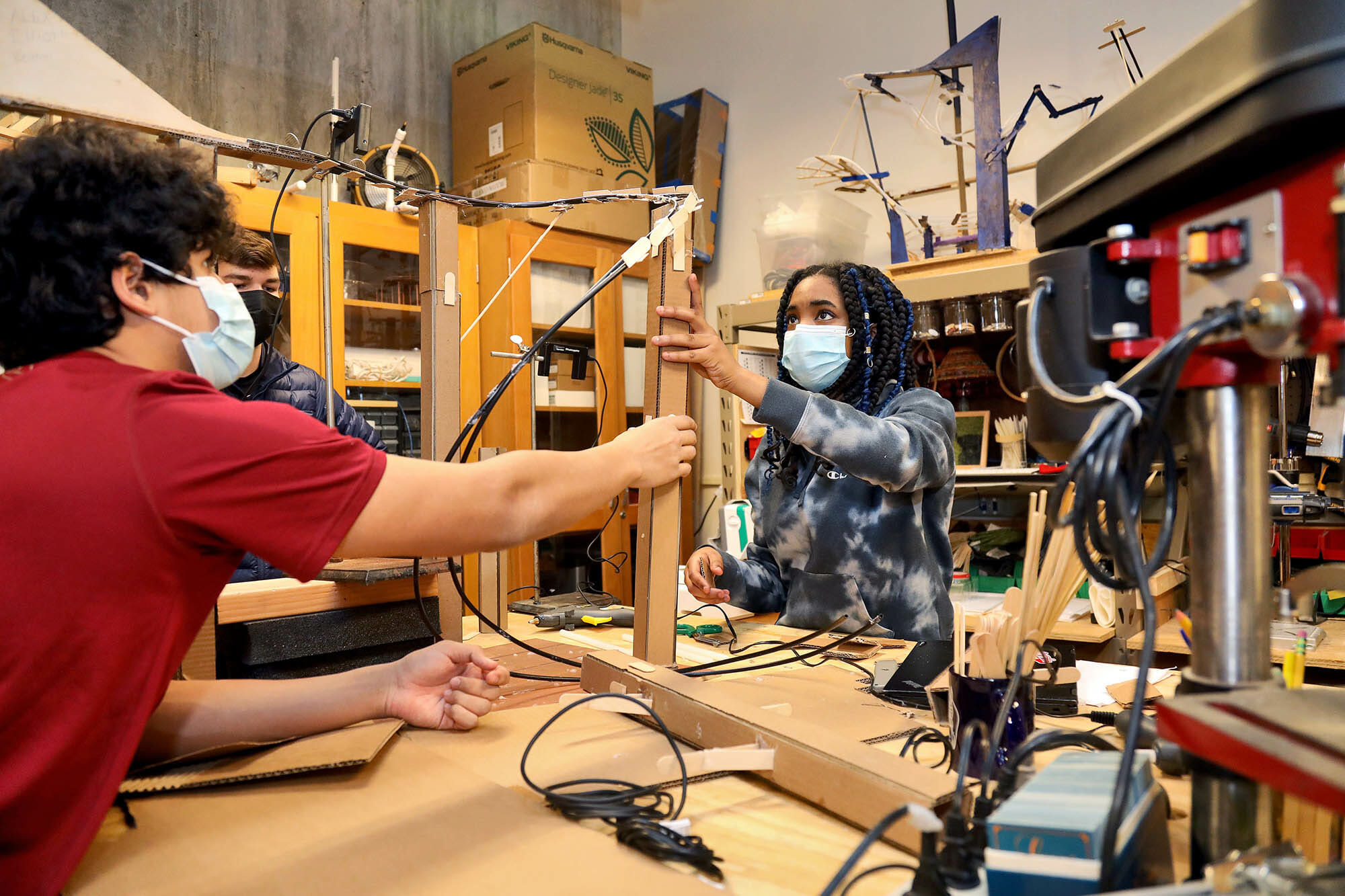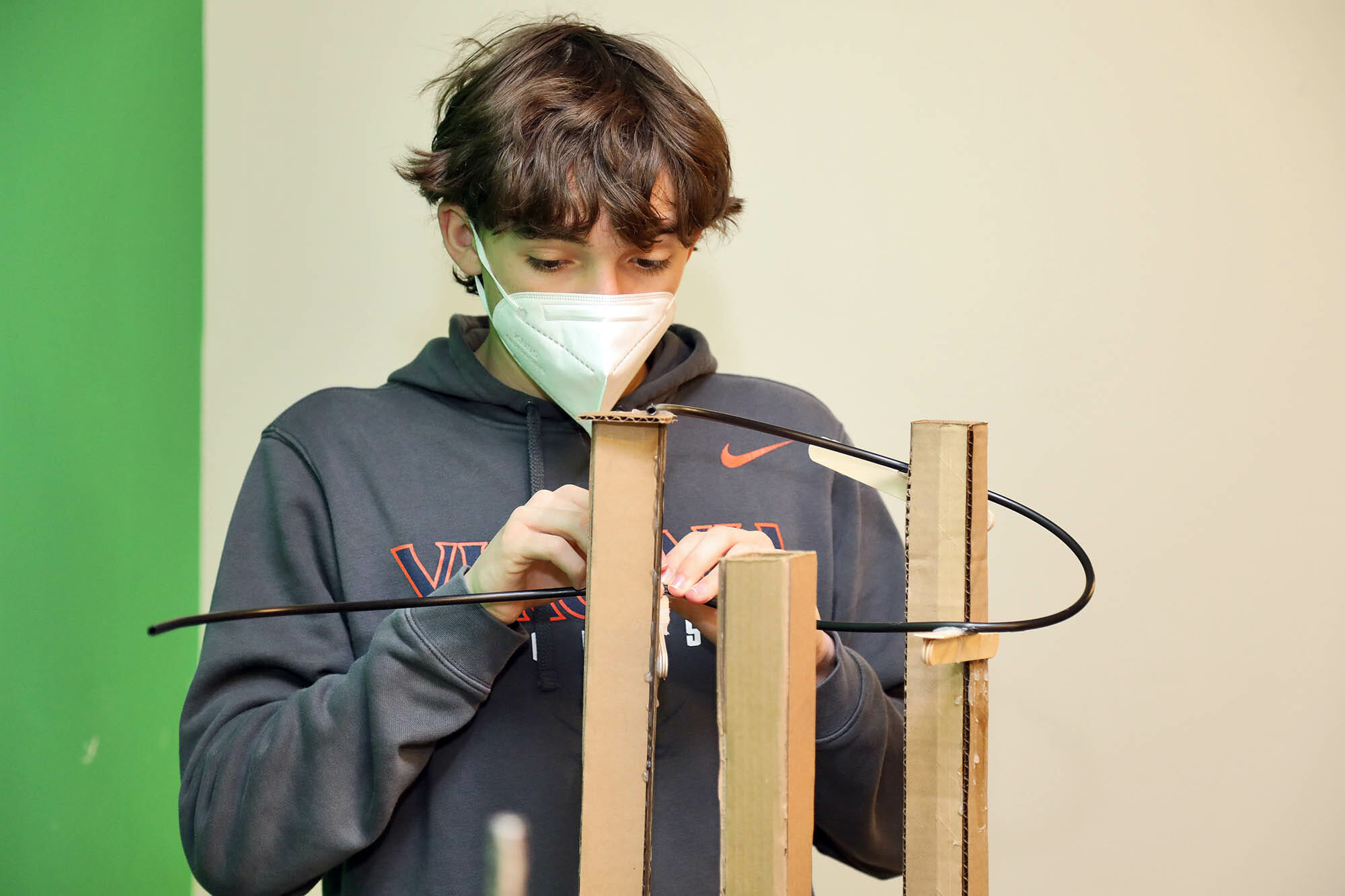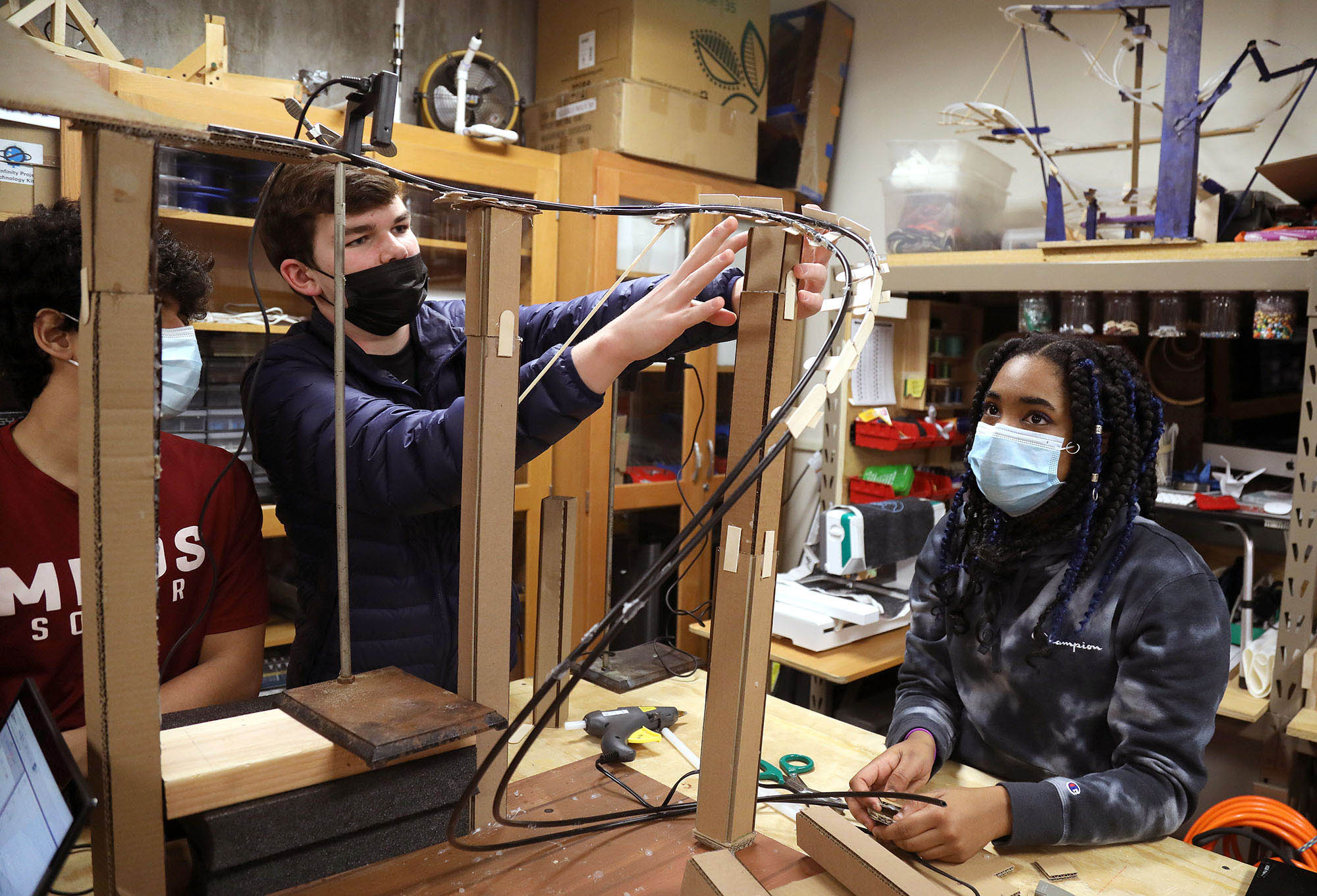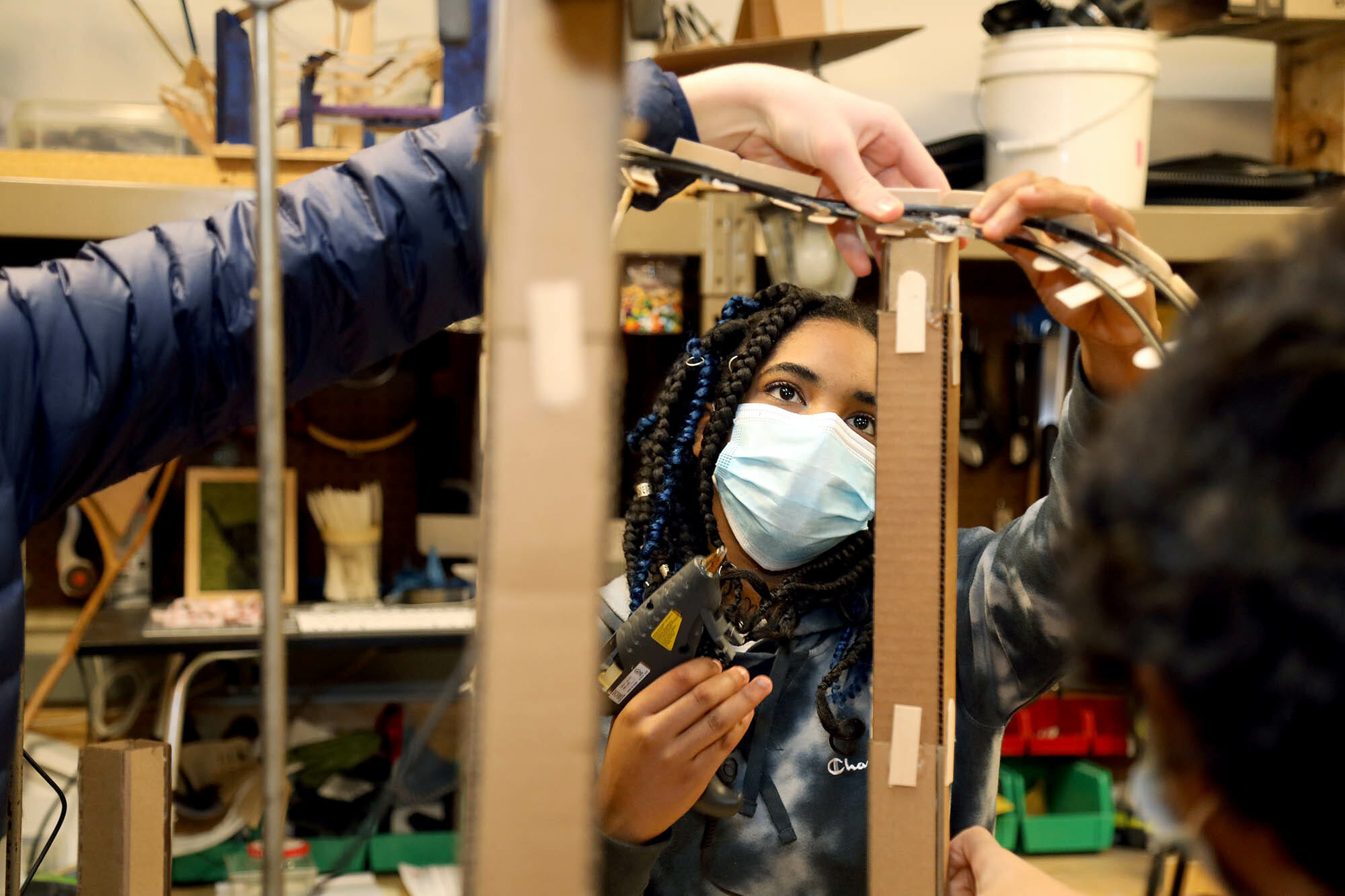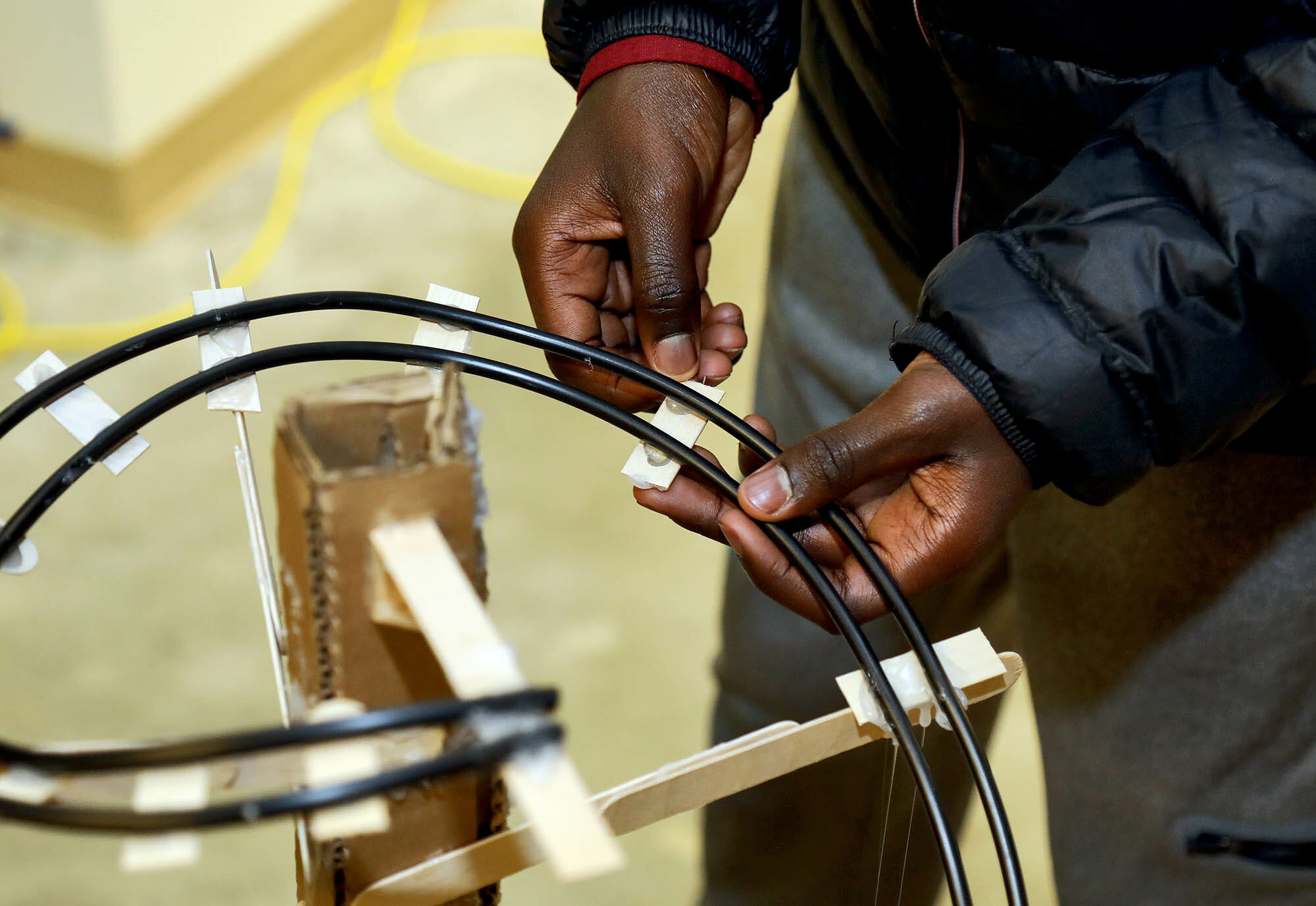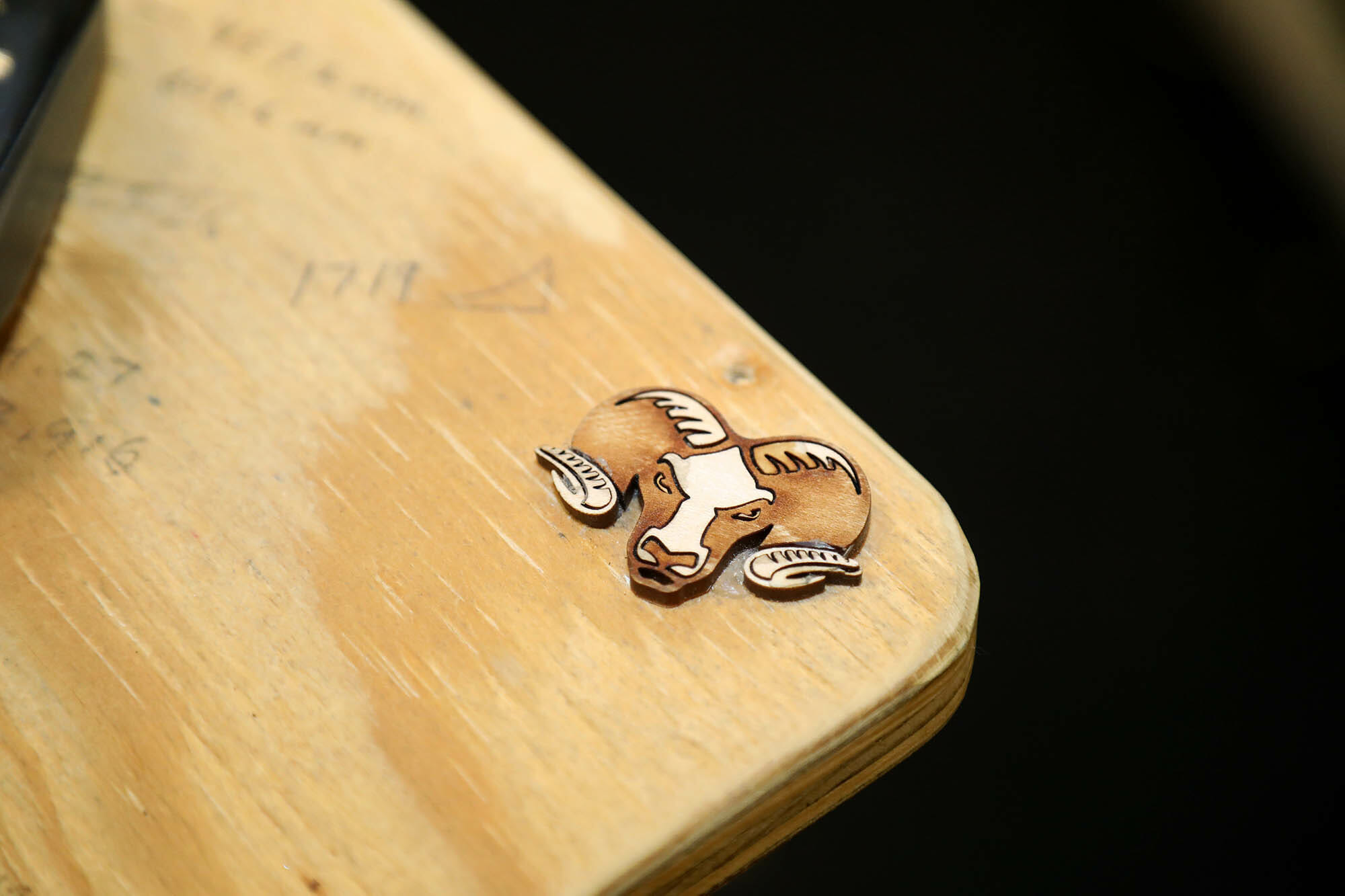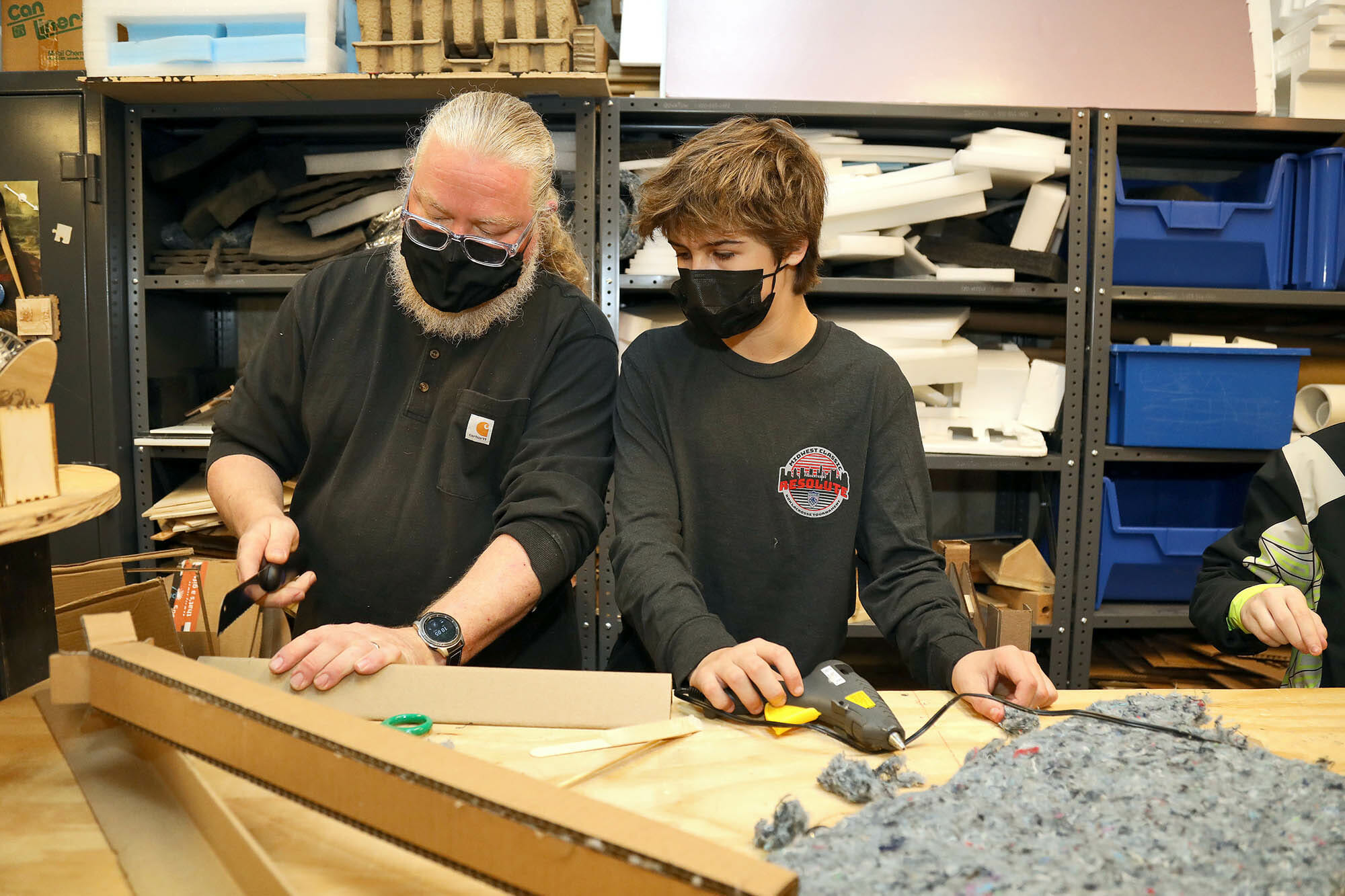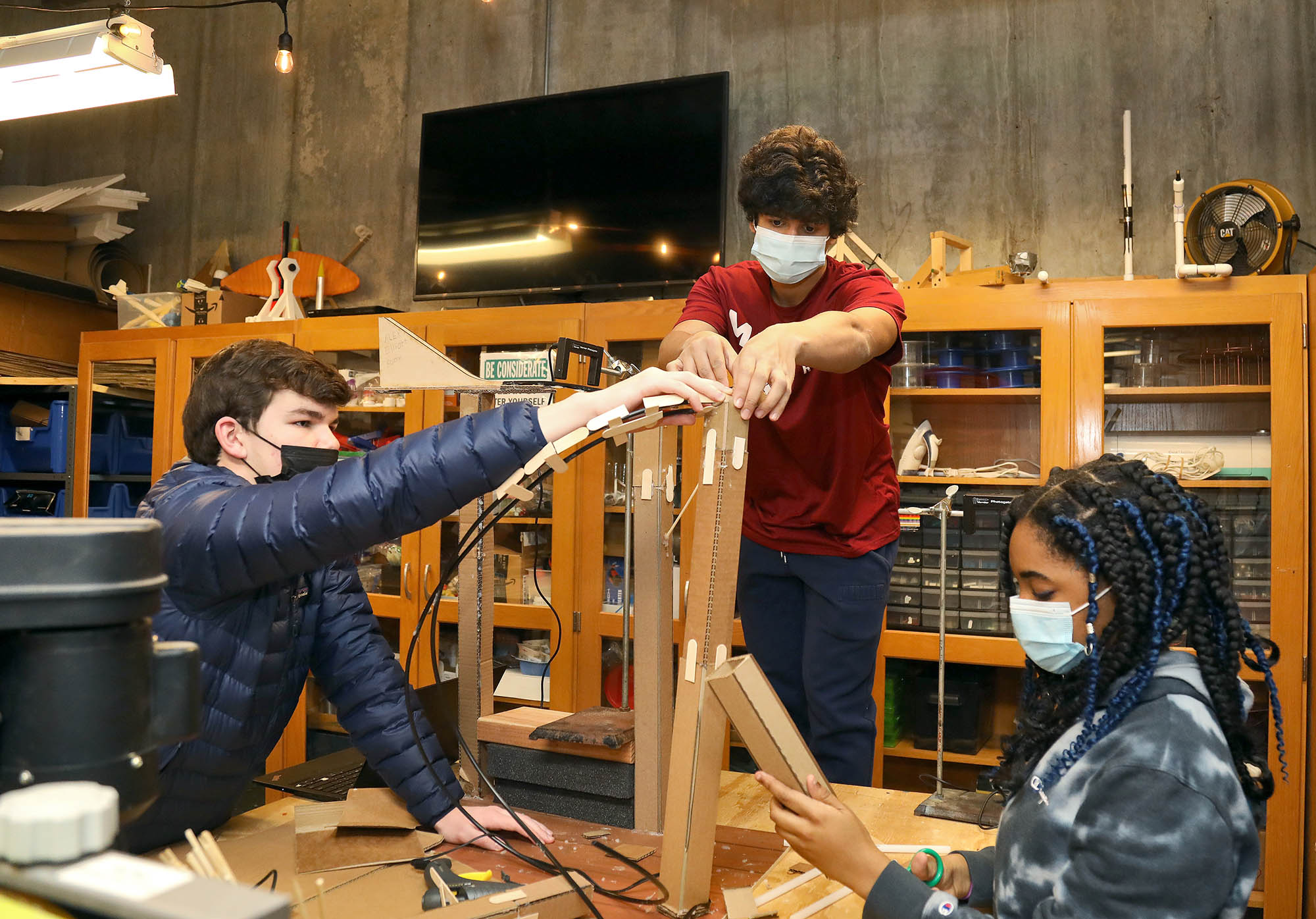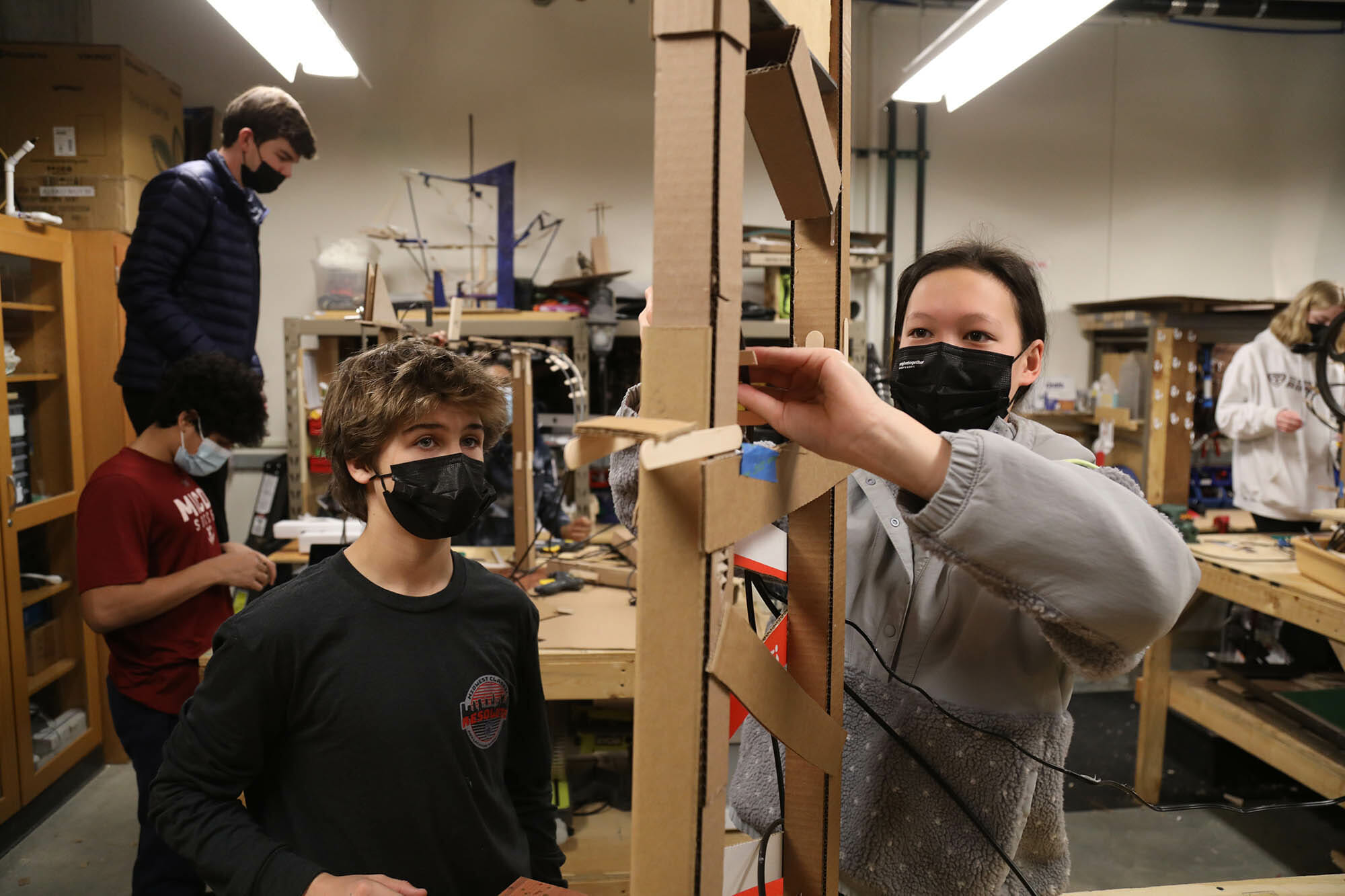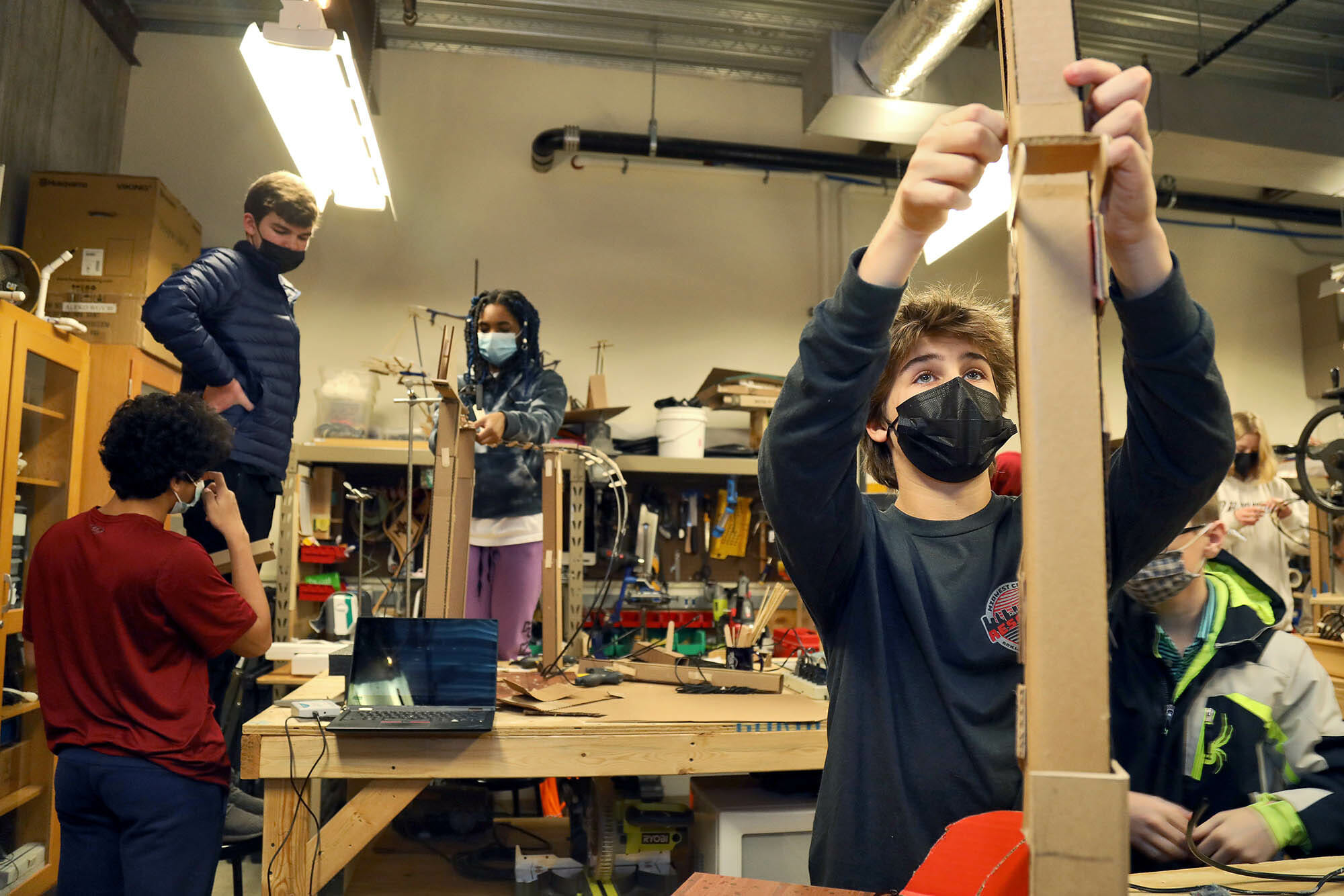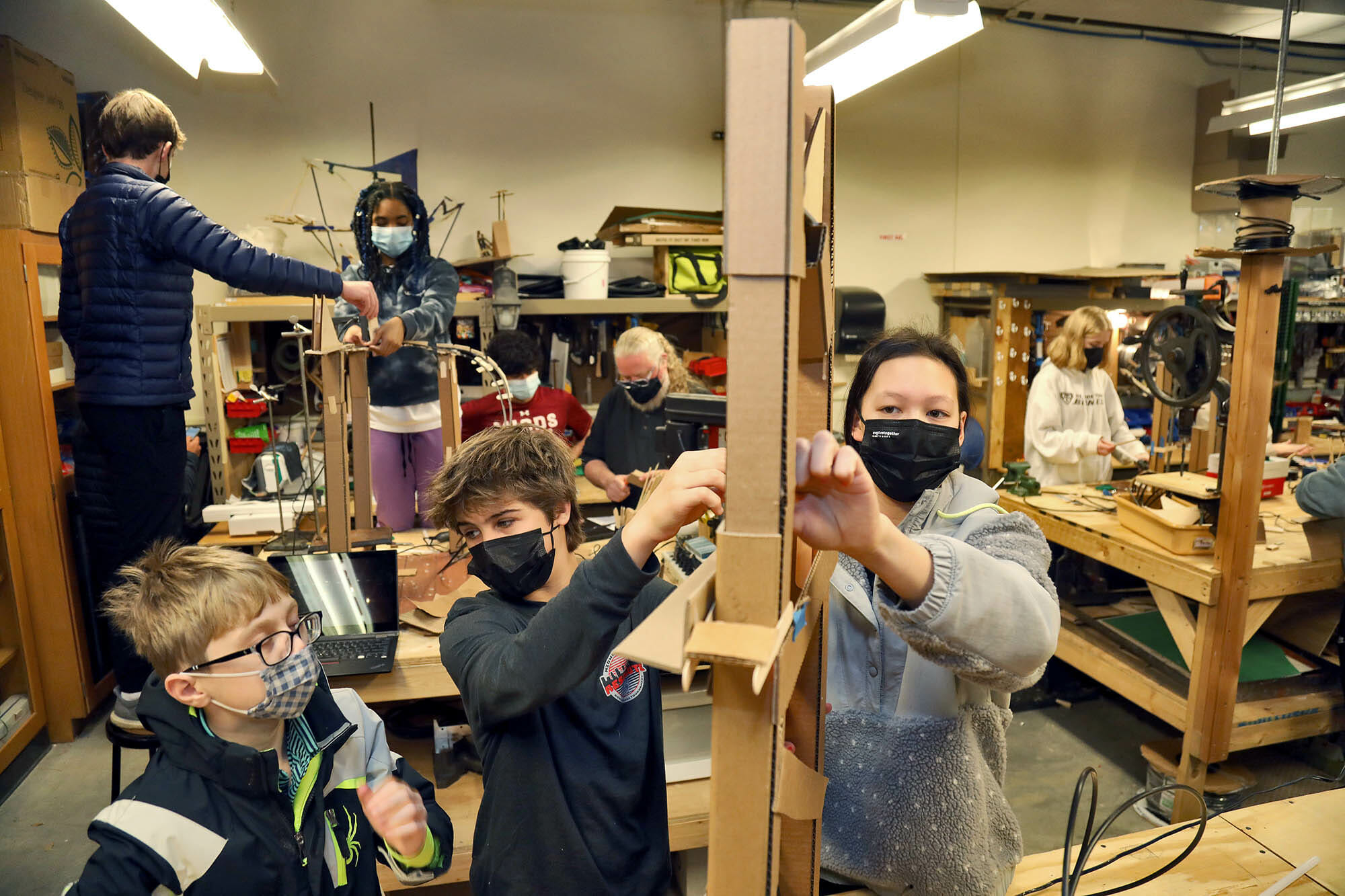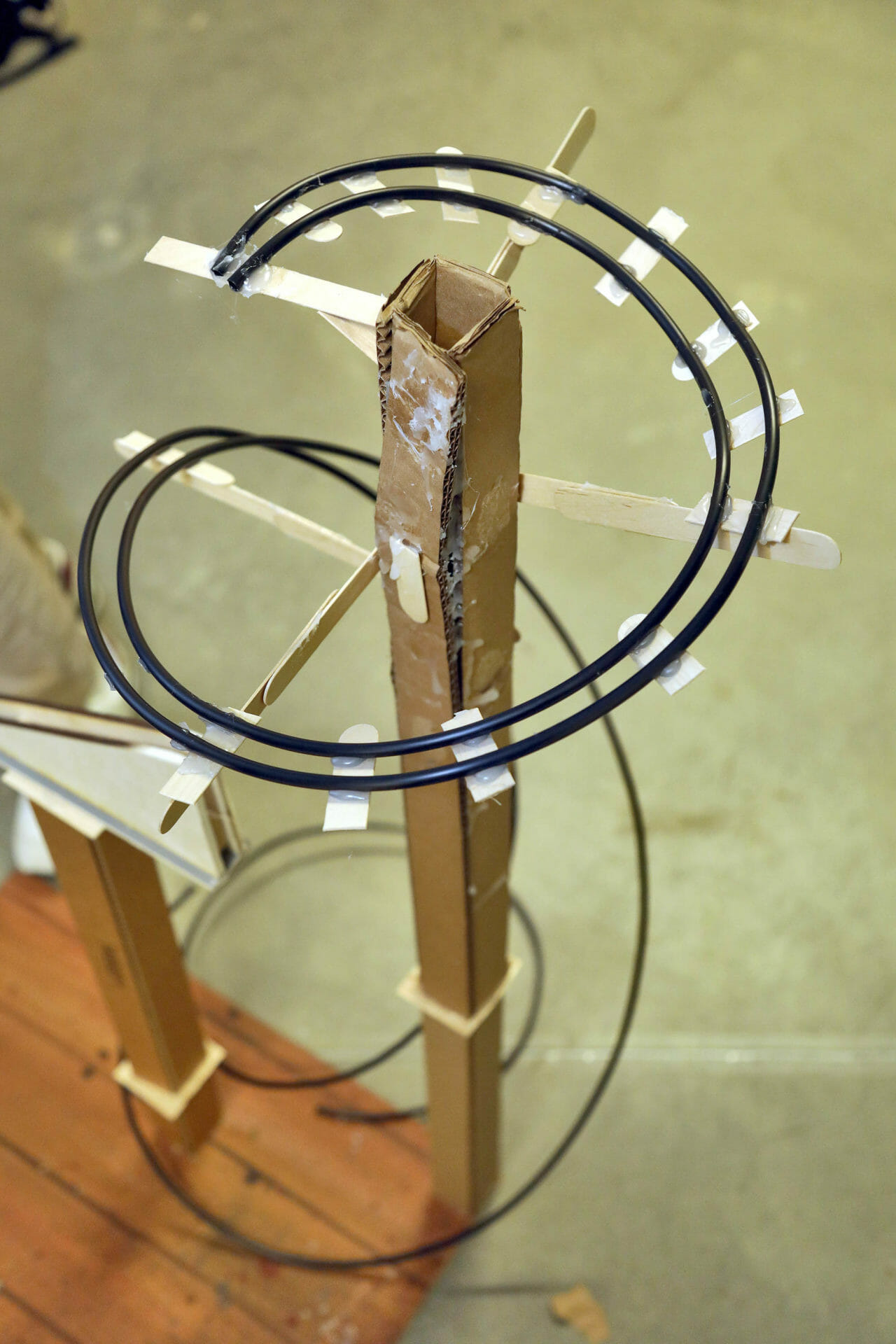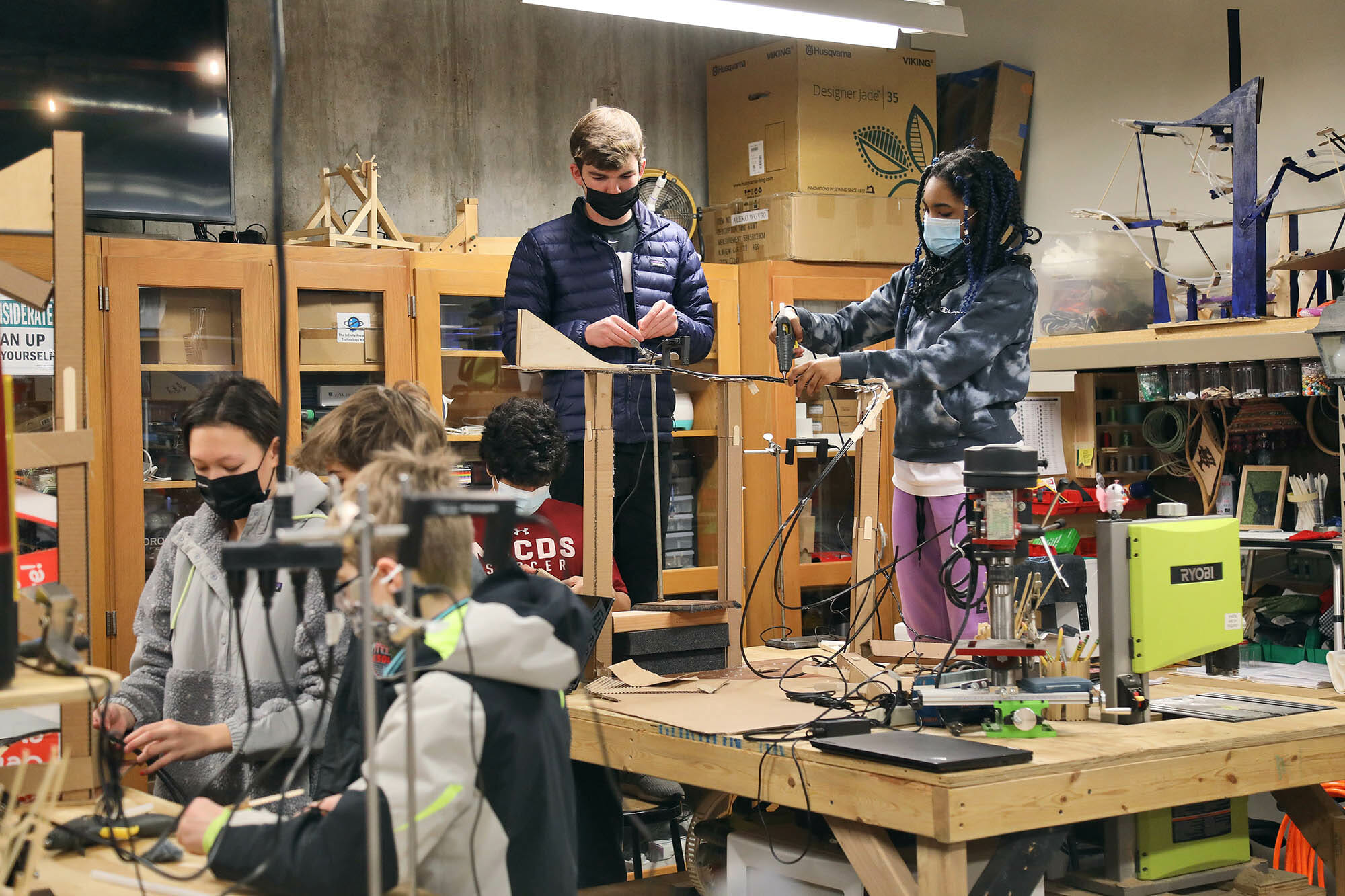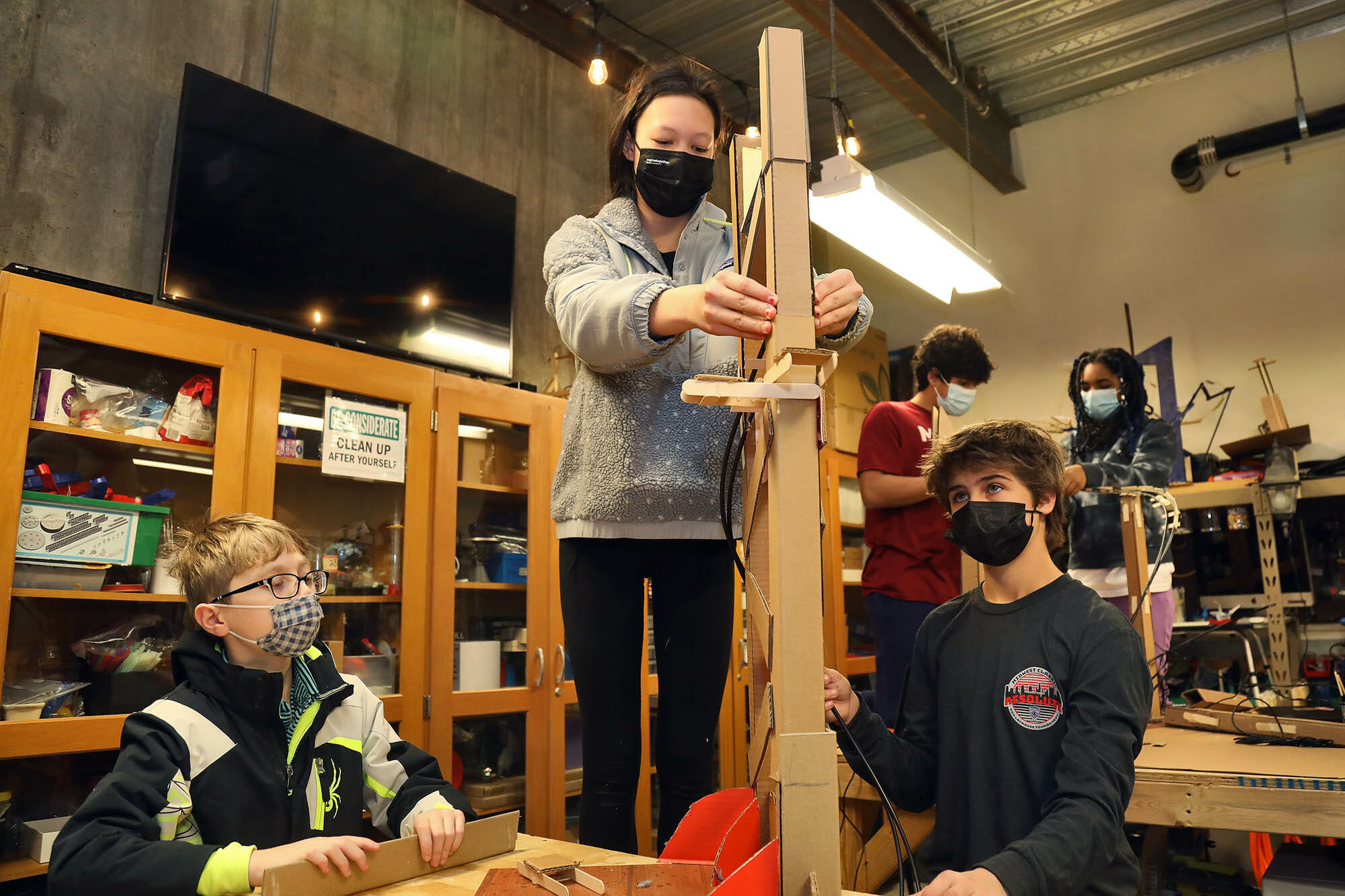The MICDS ninth-grade class became filled with roller coaster engineers recently when the students were tasked with theoretically creating a new ride for Six Flags St. Louis. Their teachers thought them well-equipped for the job since they dove into a variety of physics topics during their first semester in Chemical and Physical Systems science class. Students learned about velocity, acceleration, forces, and energy—all key areas of science incorporated into the building of a roller coaster. Additionally, they grew in their ability to use Science and Engineering Practices (SEP) skills:
- Asking questions and defining problems
- Developing and using models
- Planning and carrying out investigations
- Analyzing and interpreting data
- Using mathematics and computational thinking
- Constructing explanations and designing solutions
- Engaging in argument from evidence
- Obtaining, evaluating, and communicating information
With their newly-acquired physics knowledge and the SEPs in hand, they prepped for their roller coaster-building missions. «The roller coaster project challenges students to use their first-semester knowledge of the physics content and the SEPs to construct a roller coaster in the Upper School Maker Space,» explained Brian Coco, Upper School Science Teacher. «I really like this project because it incorporates the vital SEP skills with all of the physics content we learned during the first semester while giving the students a chance to work in our great Maker Space.»
Prior to heading to the Maker Space, students were divided into small groups with each member having a specific job. The Recording Specialist maintained and updated a construction log that was used to document the group’s daily activity, progress, challenges, successes, and the next day’s plans. The Data Manager collected and organized important information from the roller coaster such as its initial and final energy, total energy lost, its fastest velocity, and the average velocity. The Chief Financial Officer organized and recorded the cost of building the roller coaster. Together, the group members created a verbal presentation that answered the following question: «Why should Six Flags St. Louis select your roller coaster design?» They presented the pitch in front of their classmates as if they were pitching their ride’s design to the Board of Trustees for Six Flags St. Louis. Finally, they assembled a comprehensive report that covered the construction process, data and calculations summary, cost analysis, and points of reflection using several SEPs.
This is what it looks like when students create models of their roller coaster designs in the Upper School Maker Space:
When asked about what they got out of the project, students shared:
- «The project was really fun and was also a combination of what we learned throughout semester 1. I was the Research Manager, meaning when we used the photogates to scan the velocity or measure the heights of all supports, I took the data and put it in the Onenote and Google Doc. I liked how we had free reign of our project, which we named The Titanic due to the white materials for our brake. During our building process, my favorite part was building the tunnel that was going to the loop. It was fun to figure out where the tunnel can go but not hit the marble at the same time.» – Julianna Resch ’24, Roller Coaster Engineer for The Titanic
- «The roller coaster project was an interactive experience that allowed us to use what we had previously learned about gravity force and acceleration. My team’s roller coaster is called The Twister as the design is similar to the spiral of a tornado. Overall, this project has been a really educational and fun project!» – Marvel Connolly ’25, Roller Coaster Engineer for The Twister
- «For our roller coaster project, I was the CFO and my job was to organize the cost of the roller coaster and how much material we were using to create the structure. I kept a spreadsheet of all the materials that were used so it was easy to keep track of. My other partners were the Data Manager, responsible for collecting all data (initial energy, final energy, fastest velocity, etc.), and the Recording Specialist, responsible for keeping a log of our daily progress and logging challenges we run into. I really enjoyed collaborating with my group to assure that we came up with the best ideas for our project and overcame obstacles that got in the way. If something didn’t work, my group was patient and didn’t get frustrated, then we tackled the problem and moved on. Overall, I loved this project and it was an awesome way to learn physics in such a fun way.» – Brooke Bernstein ’25
- «I’d say perseverance was key in this project. My group encountered a number of obstacles during the construction of our roller coaster, but we still had fun building every time. One of my favorite parts of the project was definitely taping a Hershey bar wrapper to a skewer and gluing it to the main tower of the roller coaster to represent a flag. I also enjoyed taking a selfie every class with my group members and our roller coaster in the background to show our progress.» – Grace Coppel ’25
-
«I’ve learned a lot of things through this project so far, but one of the main things is trial and error. With this project, oftentimes things didn’t work, but that just made my group have to problem solve. One of my favorite things about this project is that we have total control over it and get to design whatever kind of roller coaster we want.» – Mac Froedge ’25
-
«In the roller coaster project, my role was to be the Recording Specialist. I am in charge of keeping track of all of our progress so far including pictures. I really liked this project because we were allowed to be creative and collaborate with our classmates. My group has named our roller coaster The Twister because it has a series of spirals and loops that the marble goes through. Throughout this project, I learned that you’re not always going to succeed the first time and that it may take many failures before you are able to be successful.» – Ben Gelven ’25, Roller Coaster Engineer for The Twister
- «This project was very engaging. The material that we have learned was embedded into the project making it more relatable to me and my classmates. I personally liked it because it challenged me to be creative; I needed to incorporate the requirements but also my own ideas. Overall, this project was genuinely a unique experience.» – Anika Mulkanoor ’25
It’s not every day you get to design and construct your very own roller coaster in ninth-grade science class! Six Flags, Cedar Point, and Disneyland—look out! You might be hiring some of our MICDS roller coaster engineers in the near future!
